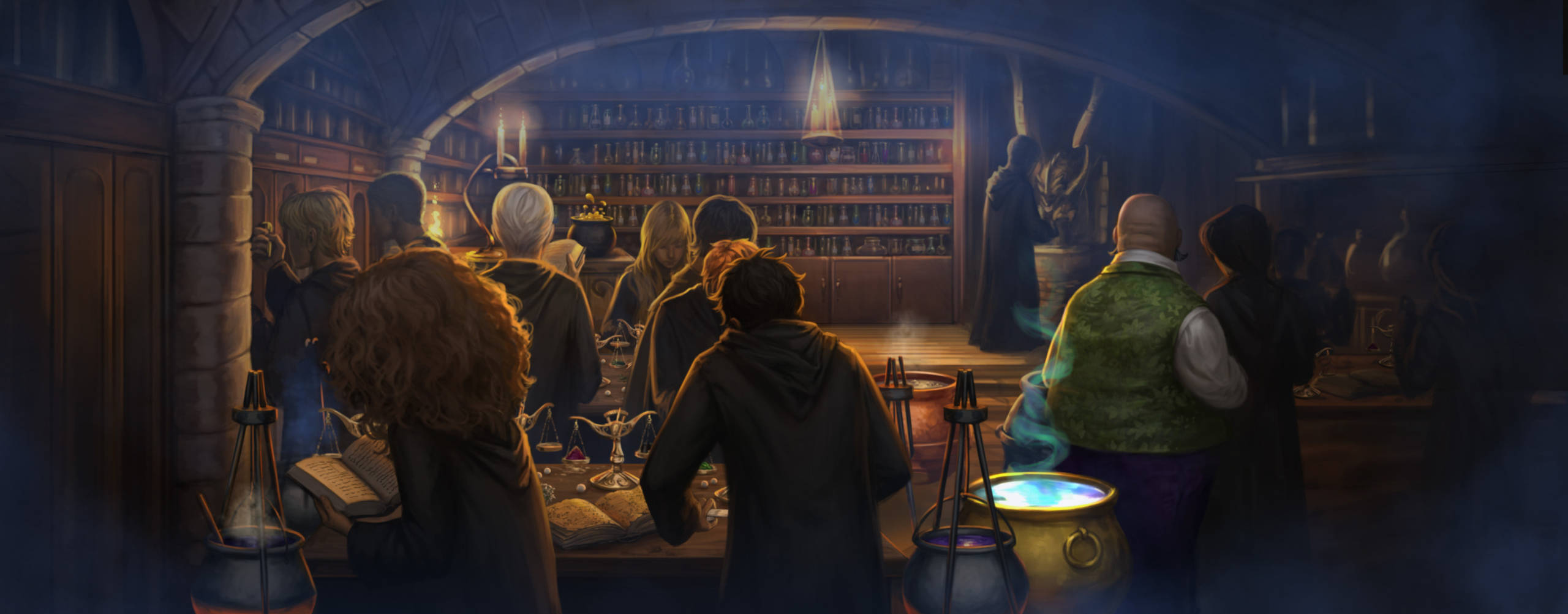A naked flame is essential for the making of potions, which makes cauldrons the most practical pot of all.
All cauldrons are enchanted to make them lighter to carry, as they are most commonly made of pewter or iron. Modern inventions include the self-stirring and collapsible varieties of cauldron, and pots of precious metal are also available for the specialist, or the show-off.
Author’s note
Cauldrons have had a magical association for centuries. They appear in hundreds of years’ worth of pictures of witches, and are also supposed to be where leprechauns keep treasure. Many folk and fairy tales make mention of cauldrons with special powers, but in the Harry Potter books they are a fairly mundane tool. I did consider making Helga Hufflepuff’s hallow a cauldron, but there was something slightly comical and incongruous about having such a large and heavy Horcrux; I wanted the objects Harry had to find to be smaller and more portable. However, a cauldron appears both in the four mythical jewels of Ireland (its magical power was that nobody ever went away from it unsatisfied) and in the legend of The Thirteen Treasures of Britain (the cauldron of Dyrnwch the giant would cook meat for brave men, but not for cowards).




